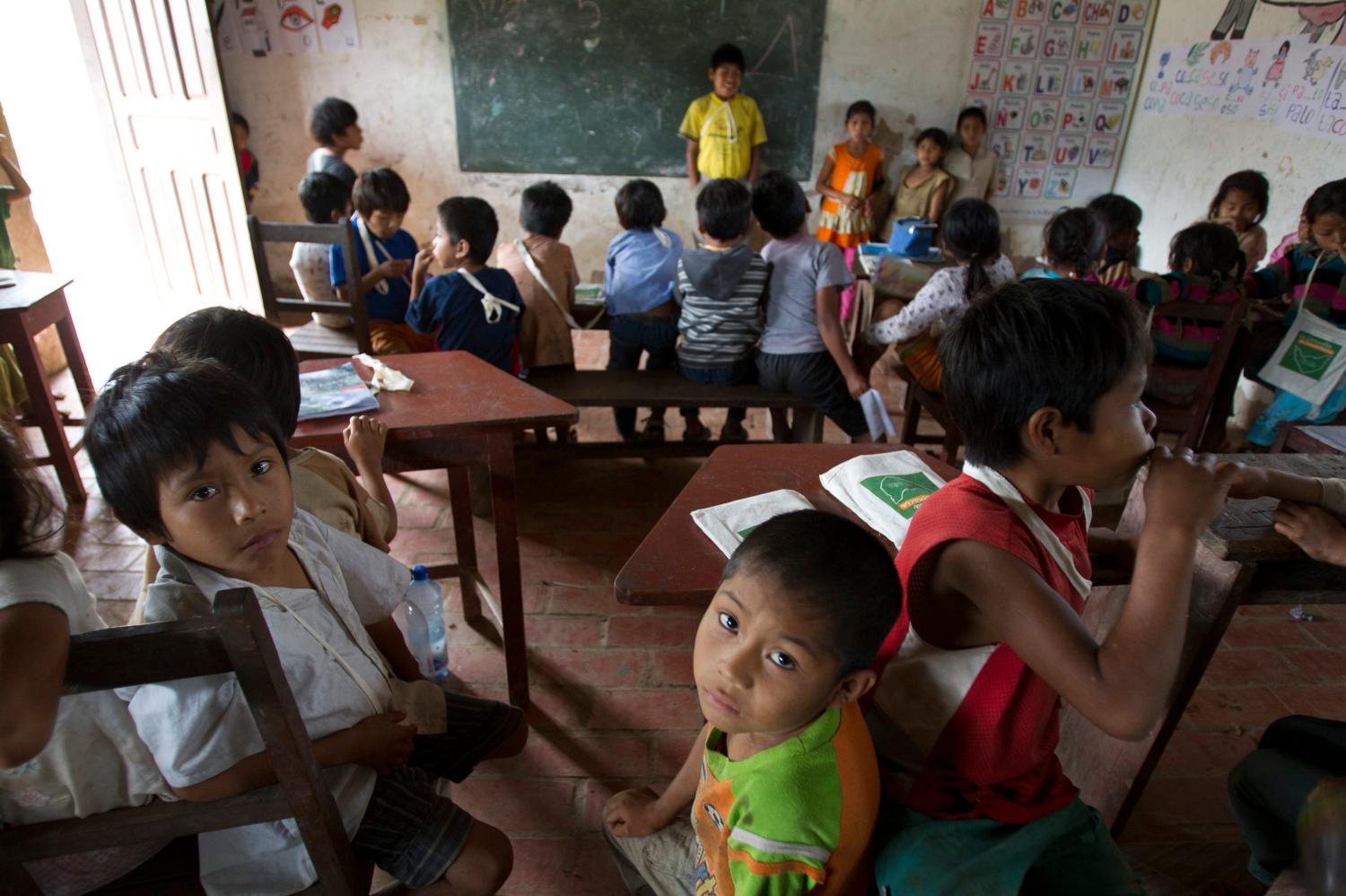OVERVIEW
Multilatinas and Education
Latin America has seen sustained, robust growth over the past decade, even as most of the developed world struggled through financial crisis and recession. Many factors have driven this success story: high commodity prices, a growing middle class, solid macroeconomic management and increasingly sophisticated financial markets. One particular force behind the region’s growth has been the rise of multilatinas—multinational corporations based in Latin America with operations throughout the region and often around the world. Multilatinas are now responsible for 2.1 million employees in the region and approximately $780 billion in annual revenue. The multilatinas themselves, however, opt to invest most of their money elsewhere in the world. While there has been an increase in foreign direct investment inflows in the region, totaling $113 billion in 2010, Latin American foreign direct investment outflows have been on the rise. The total outflow quadrupled between 2009 and 2010, reaching an all-time high of $43.1 billion.
One of several hypotheses for a lack of regional investment is that the state of education and learning in the region constrains the ability of multilatinas to expand and reinvest in their own backyard. Despite relatively high enrollment rates in Latin American and Caribbean countries, numerous indicators demonstrate a drastic need for improved educational quality. Several international and domestic assessments and indicators highlight the extreme nature of the learning crisis in the region. The most recent OECD Programme for International Student Assessment (PISA) study measuring reading, science and math skills of fifteen year olds around the world ranked Chile the highest scoring country in the region at 44th out of 65 countries in reading and science. Uruguay ranked highest of all countries in the region in math at 49th place overall. Similarly, a survey of business leader perceptions found Latin American countries to have some of the lowest ranked education systems in terms of quality.
Despite increased government support for education in Latin America over the past decades, lagging commitments in national budgets and stagnant donor country aid resources have left many public systems underfunded. While some countries in the region make larger investments in education than others, government budgets for education are impacted by structural issues ranging from tax collection capacity to tax avoidance by small and large corporations. This year, as donor governments decrease, phase out or cut education aid to the region, the education budgets of over 20 countries in Latin America will be impacted.
There is no aggregate data about Latin American corporate social investments in education within the region. This study asked a simple question: What are the multilatinas doing through their social investment and philanthropy portfolios to support quality public education in the region?
The Brookings Institution is committed to quality, independence, and impact.
We are supported by a diverse array of funders. In line with our values and policies, each Brookings publication represents the sole views of its author(s).




